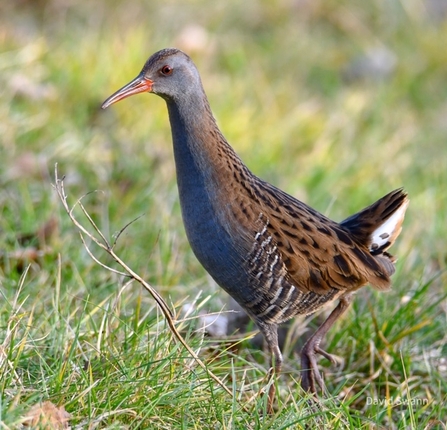Visitors to Yorkshire Wildlife Trust’s wetland reserves have been treated recently to glimpses of a bird rarely seen – the elusive water rail. It’s the best time of year to spot them as there is less ground cover for them to hide in, they are more abundant in number and the margins of lakes and ponds are more open giving better views onto muddy banks and movement of water.
A small relative of the moorhen and coot and about the same size as a redshank, the water rail lives in reedbeds and freshwater wetlands where it feeds on wetland bugs and small fish.
Although water rails are relatively easier to find in winter, they are in fact so secretive that they are very rarely seen. Water rails are not often seen in flight either as they prefer to move between breeding and feeding grounds under the cover of darkness. There are around 1,100 breeding pairs in the UK, largely in the eastern region of the country.
Similar to the booming bittern which skulks the reedbeds, water rails are more often heard calling; from grunts and groans, to 'purring' and 'piglet squealing' noises, they are unmistakeable when heard and have startled more than the odd wildlife watcher when heard unexpectedly.

